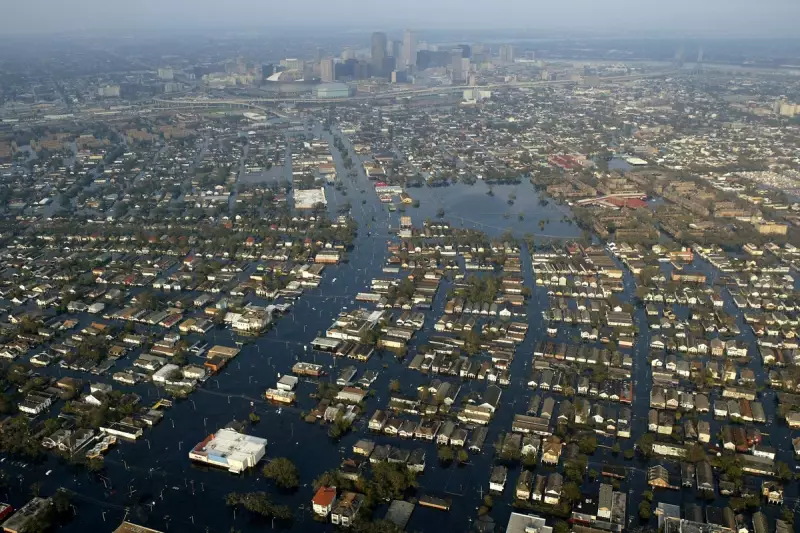
New Orleans, the vibrant cultural heart of Louisiana, is facing a silent and accelerating threat from beneath its feet. Startling new research indicates that large sections of the city are sinking—or subsiding—at one of the fastest rates ever recorded.
The study, led by geologists from the University of Arizona, utilised advanced satellite radar data to map the city's descent with precision. Their findings reveal a deeply concerning picture: while some areas are relatively stable, others are subsiding at a rate of up to two inches (five centimetres) per year.
A City at Risk
This rapid sinking drastically increases the vulnerability of a city already famously below sea level. The research specifically highlights the risk to New Orleans' extensive levee system, a critical network of flood defences built to protect it from surrounding waters. As the ground sinks, the height and effectiveness of these levees are effectively reduced.
"The sinking of New Orleans is a well-known problem, but our research quantifies it in a way that is truly alarming," the lead researcher stated. The data suggests that without significant intervention, the long-term viability of the city is under threat.
Why is the City Sinking?
The causes are a combination of natural and human-induced factors:
- Natural Sediment Compaction: The city is built on soft, river-derived soils that naturally compact over time.
- Groundwater Extraction: The historical pumping of groundwater from aquifers beneath the city causes the underlying layers to collapse like a deflating cushion.
- Fault Lines: The presence of geological faults can cause differential sinking, where one side of a street drops faster than the other.
This crisis is further exacerbated by the global rise in sea levels due to climate change, creating a dual threat that pushes water higher from the outside while the city falls lower on the inside.
The Human Impact
For the residents of New Orleans, this isn't an abstract scientific concern. It translates to cracked home foundations, damaged roadways, and broken sewer pipes. More critically, it undermines the very defences that guard their homes from catastrophic flooding, a fear forever etched in the city's memory since Hurricane Katrina.
The study serves as a urgent call to action for policymakers, urban planners, and engineers. Mitigating the sinkage and adapting the city's infrastructure is now a race against time to secure the future of this iconic American city.





